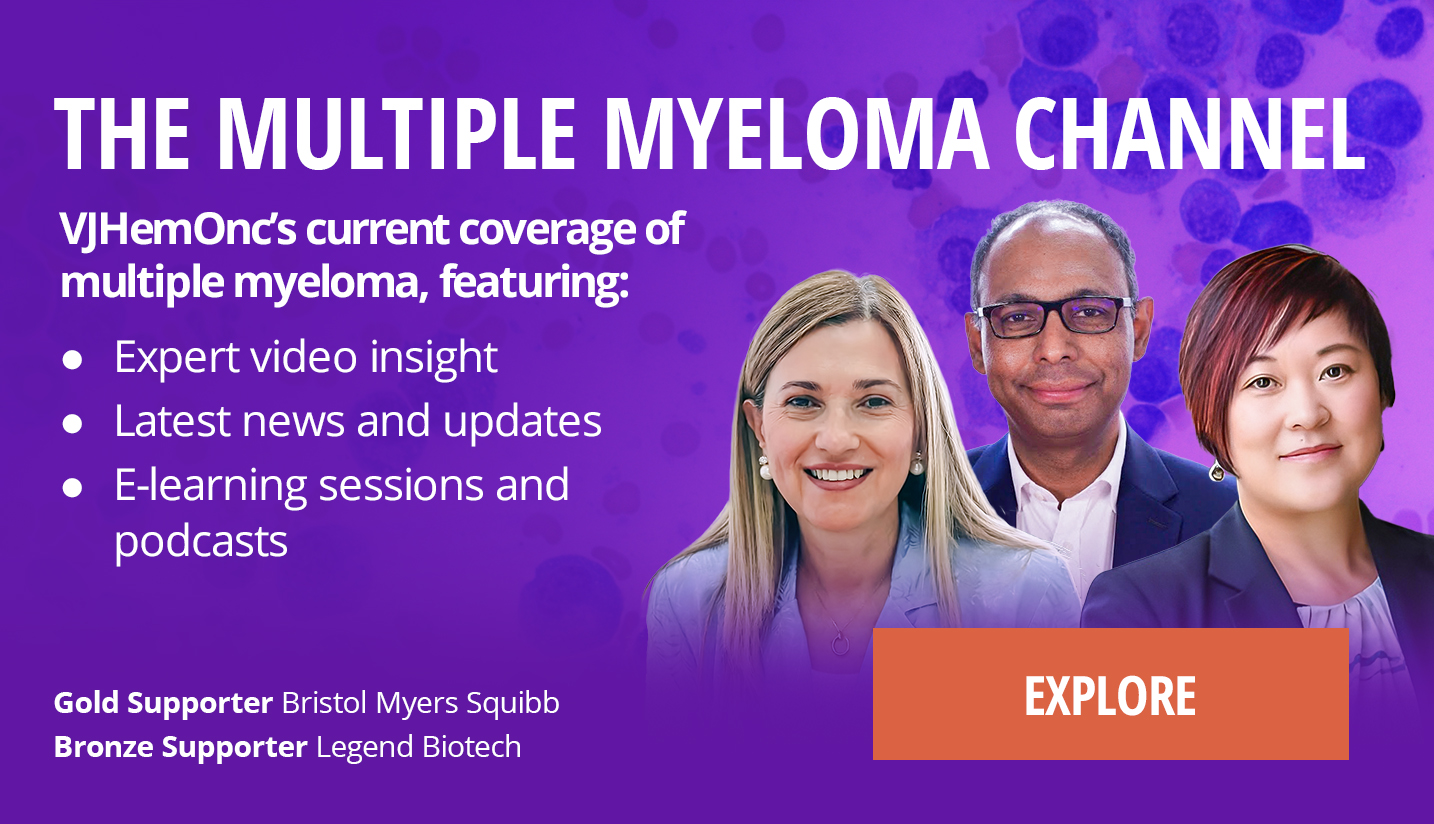And at the COMy Congress this year, I’m going to show some updated results of the MASTER trial. So, this was a trial with quadruple induction therapy with dara-KRd, autologous transplant and MRD response-adapted intensification of therapy, with additional cycles of dara-KRd, or treatment de-intensification with cessation of therapy and observation with MRD surveillance for patients with confirmed MRD negativity...
And at the COMy Congress this year, I’m going to show some updated results of the MASTER trial. So, this was a trial with quadruple induction therapy with dara-KRd, autologous transplant and MRD response-adapted intensification of therapy, with additional cycles of dara-KRd, or treatment de-intensification with cessation of therapy and observation with MRD surveillance for patients with confirmed MRD negativity.
And what we found in this study is despite enrolling a population that is older and sicker than the population often enrolled in transplant-eligible trials, we’re able to achieve what is the highest rate of MRD negativity reported to date at 80%. And importantly so, 71% of the patients reached the milestone of two consecutive MRD-negative reads. That was in this trial sufficient to transition those patients to a phase that we call MRD-SURE, where they are monitored both clinically and by MRD, that being marrow-based NGS MRD without active therapy.
And as we have shown and recently, pending publication, the approach seems to be first of all, very feasible in over 95% of the patients and very attractive for patients with standard-risk disease, and even for patients with high-risk disease provided that they only have one high-risk chromosomal abnormality. Among those patients the progressions have been very uncommon.
The challenge remains however on the patients with ultra-high-risk disease, where you have about a 57%, two-year progression-free survival. And that is due not only to early relapses after treatment cessation but most importantly to progression while patients still receiving quadruple therapy. So we believe that this study is one small block on the story that is being built. That myeloma is a very heterogeneous disease, and will probably require different solutions, different approaches for patients on both ends of the spectrum. There are certainly patients who are great candidates for treatment de-escalation, but also a subset of disease that is small, but well-represented in this study, for which we have to go on beyond quadruple therapy.















